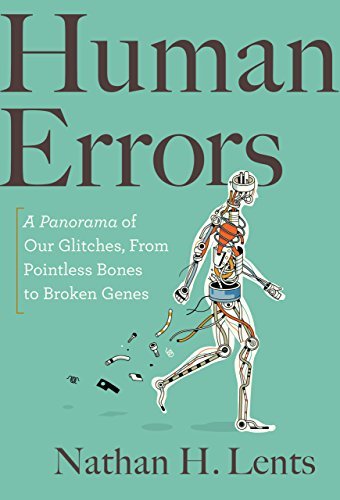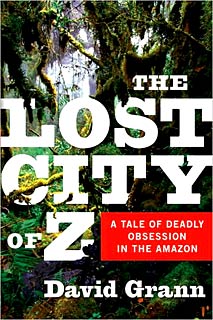This review contains affiliate links, which earn me a small commission when you click and purchase, at no extra cost to you. Thank you for supporting my small business and allowing me to continue providing you a reliable resource for clean book ratings.
We’ve all heard countless ways our bodies are marvels of engineering, how the various systems work so well and are miracles, from the cellular level to the observable. But in this book, Nathan Lents goes the other direction and explains many ways in which the human body is not designed so well. It’s an exploration of how our bodies have evolved over thousands of years from early ancestors that needed certain functions to now when our bones, our brains, our very DNA show signs of not needing those functions anymore, for example — and in many cases, those early still-remaining designs now hamper us from ideal functioning.
Lents puts design flaws of the human body into three categories: first, “aspects of our design evolved in a different world than the one we now inhabit.” What worked for us then doesn’t work now. Second includes flaws of “incomplete adaptation.” Lents cites how the knee changed over the years as people began walking upright but “not all the kinks were worked out.” Third, some of our defects are just from the “limits of evolution.” Evolution has done some amazing things over thousands of years, but by its very nature, since it changes just one tiny trait at a time, it can only do so much. The body, Lents says, would be different if it had been designed all at once for what we need in our environment today.
A few examples: I knew that our retina gets an image upside-down and our brain inverts it for us to see right-side-up. But that’s not necessarily a flaw. What is a flaw, and what I did not know, is that the receptors on our retina are essentially backwards, and the way they are fed through our retina to the brain creates a blind spot.
While we all are aware of the bad design of our breathing and food tubes being together (who hasn’t choked plenty of times over their lives?), which Lents discusses, many of us probably don’t realize that the laryngeal nerve (which helps us make and control sounds) doesn’t just come down from the brain into the neck: it actually is packaged with the vagus nerve, which goes down the spinal cord down into the upper chest, loops under the aorta and goes back up to the neck. It’s an “anatomical oddity” that seems to have no functional reason.
And don’t even mention the fact that humans have to eat a complex diet to get the many nutrients we need (that our bodies can no longer make on their own) from many sources. Most other species have no need to eat more than a few basic things; their bodies make the nutrients they require. Evolution did us a disservice in the dietary department.
Human Errors is a fun little book, with the science explained in simple layman’s terms so anyone can appreciate the flaws the author has outlined. It’s educational and entertaining. I’ve been sharing some of the items listed with my family as I’ve read. Those who enjoy human anatomy and the workings of the brain and of DNA (do you know how much junk is in the human genome?) will be particularly satisfied with Lents’ collection of human flaws.
Rated: None. There is one instance of mild language.
* I received an ARC of this book in exchange for my honest review.
Click here to purchase your copy of Human Errors on Amazon.




